Housing Week: Finding space in a medieval city

The best article we ever wrote, but no one read, was about turning city garages into homes.
We link to it often in the hope people might eventually read it. Repurposing garages as housing may not sound thrilling, but it’s one of the ingenious ways of finding space for homes in an increasingly crowded and unaffordable city. (Our preamble to Housing Week explains the background behind Oxford’s housing crisis and how it impacts employment, health, education and far more.)

We take as our base text the City Council’s less than riveting but incredibly comprehensive Sites & Housing Plan 2011-2026, adopted in 2013. It is essentially the development framework for Oxford. Don't stop here! It gets interesting. We will talk of students, boat dwellers, building on Port Meadow, garages, the Headington Shark, the Oxford Brookes rowing boathouse and leprosy. And show how all of this is relevant if you live in Oxford – or Oxfordshire.
Let's start with the obvious. Perhaps the easiest way to create more homes is to stop things that could be homes not being homes. Two stand out here: student accommodation and tourist accommodation.
Student accommodation
The council requires Oxford’s two universities to maintain the number of students living outside of university-provided accommodation below 3,000 each. (This is enforced as a precondition of further academic or administrative university development.)
By doing so, it encourages students to live in halls rather than house-share HMOs [House in Multiple Occupation] that could be family houses. To discourage car use, the halls must be located on major thoroughfares, or in city or district centres. These locations are traditionally considered less attractive for long-term family homes, so everyone’s a winner.
On the left, the Student Castle. Its proximity to the station and the city centre is no doubt a draw. But it comes with some noisy neighbours... (video: Oxford Clarion)
The council policy baldly states:
The onus is on the universities to deliver new student accommodation to stay below their target. There is no requirement on the City Council to find or deliver these.
This has led to dense developments such as the Student Castle behind Oxford Station, and the Dorothy Wadham Building on Iffley Road.

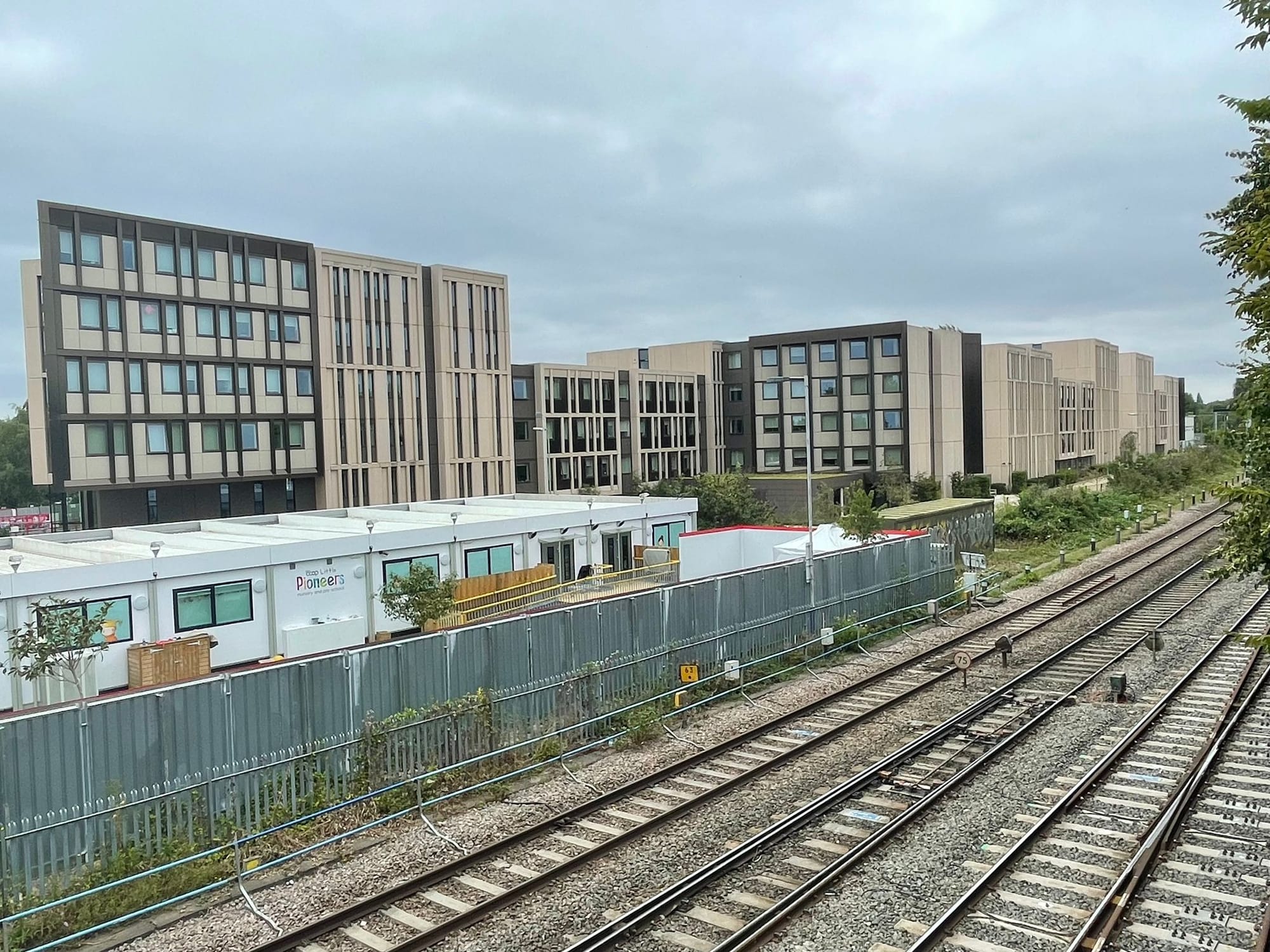

Student Castle by Oxford Station. Image source: Oxford Clarion. Dorothy Wadham Building, Wadham College, Iffley Road. Image source: Wadham College.
Could this be taken further? Consider the ladder streets around the Cowley Road, or the HMOs in Jericho, Lye Valley and Churchill. The students make for lively neighbours, are fun additions to street WhatsApp groups, and have disposable income to spend in city and district centres. But could the target of 6,000 be reviewed? How many privately owned HMOs would be freed up if the council mandated that undergraduates should be in purpose-built student accommodation on university land – especially given that Oxford University is one of the city's largest landowners?
Tourist accommodation
Oxford has over 1,200 “short lets” – Airbnbs to you and me. 765 are whole properties, the remainder being flats.
Tourism is big business in Oxford – as you would expect of a medieval city with the second oldest university in the world. (We know from Twitter commentary on our articles on footfall that not all the city’s residents are fans of tourism, but let’s be honest, that ship sailed several hundred years ago.) Visitor spending supports over 13,000 jobs, one-eighth of Oxford’s workforce.
Historically, Oxford suffered from being seen as a day-trip destination. Tourists would typically arrive on a coach which parked up on St Giles; spend the day touring the city centre; and return by coach to their London hotel for the evening. 2019 figures showed that a day-tripper only spent £43 in the city, whereas a long-stay visitor would spend £338.
So there is a compelling economic reason to provide overnight accommodation. But not all beds are alike. Think of the new Store hotel in the former Boswells, or the Premier Inn by the Westgate, or the aparthotel that will replace the Odeon cinema. These are dense city centre locations, providing maximum impact per square foot on sites that would be unsuitable for family homes.
The same applies to the larger hotels with parking that dot the ring road – for example, the Travelodge next to the Redbridge Park & Ride and also, ahem, the tip (sorry, recycling centre). It’s not the most gorgeous place to put homes, but a perfectly convenient place for a modestly priced hotel with a car park.
Short lets, however, are typically in buildings that were once family homes, and don’t have the density of a hotel. Oxford City Council has repeatedly lobbied for plans to regulate the short let market. They want the Government to introduce a new planning class – which means people letting out entire properties as short lets would need to get planning permission from the council first.
The City Council has found a few ways to nibble away at the problem; the most famous casualty of this policy is of course the Headington Shark House. But resolving this on a city-wide scale would require a change of government policy. Given the new Labour government's manifesto commitment to build 1.5m new homes, and their willingness to reform planning law, this now looks more achievable than ever. Could some of those 1,200 short lets come back on to the market soon? Watch this space.
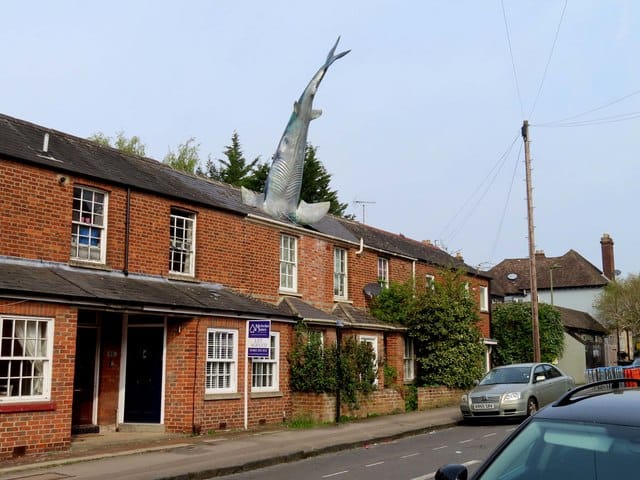
Finding new places to build
Is Oxford full? Or are there still sites within the ring road where houses could be built?
As part of the 2011-2026 housing plan, Oxford City Council put out a call to all landowners asking them to suggest potential sites to develop. This turned up the sites marked in orange on these maps: a top-line assessment was done on each of them. Recognise any near you?
Consideration was given to (among other things) Green Belt regulations, flood plain worries, loss of cricket pitches and, we kid you not, badgers escaping to nearby allotment sites. It is very detailed and we take our collective hat off to the officers who wrote it.
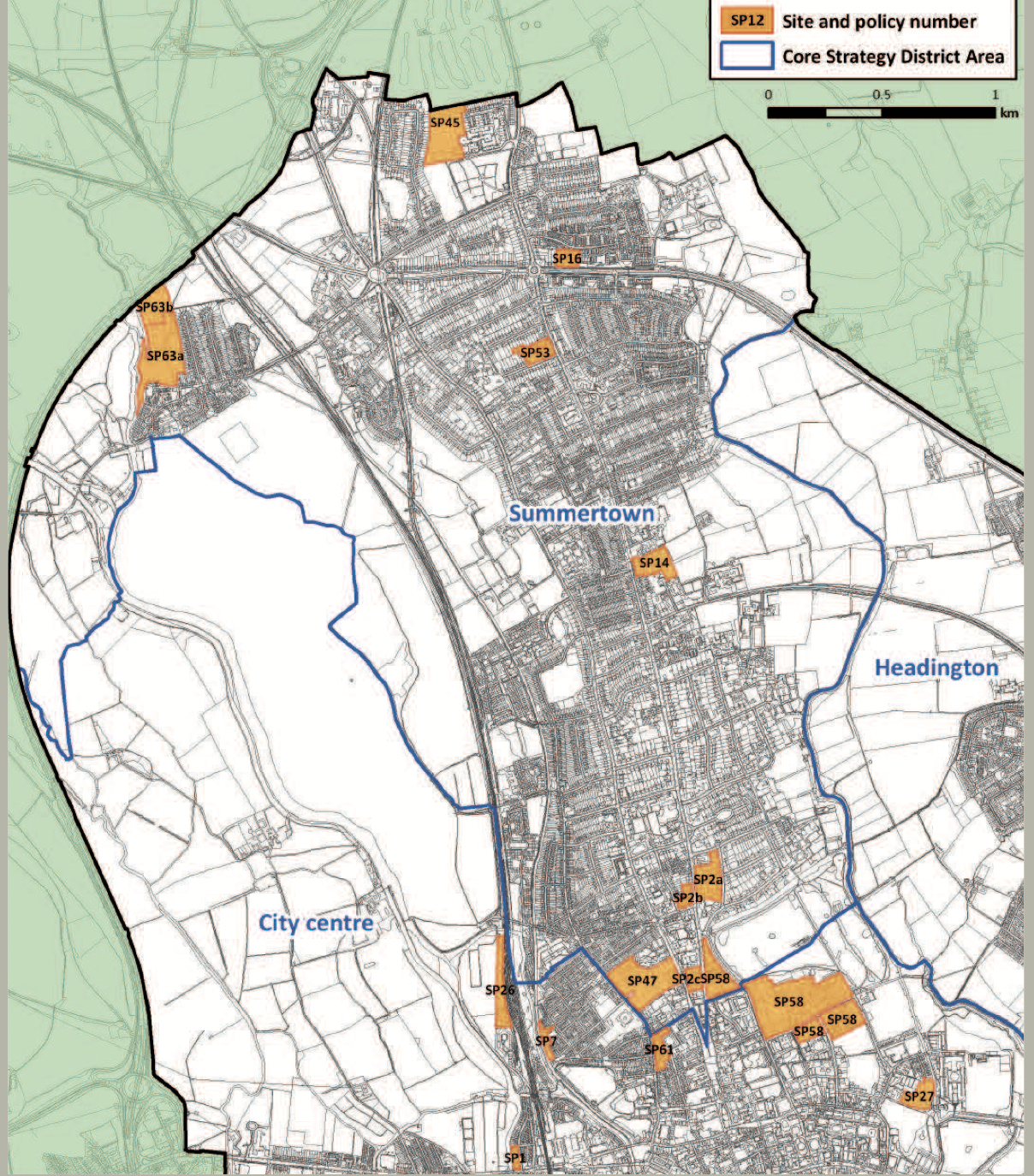
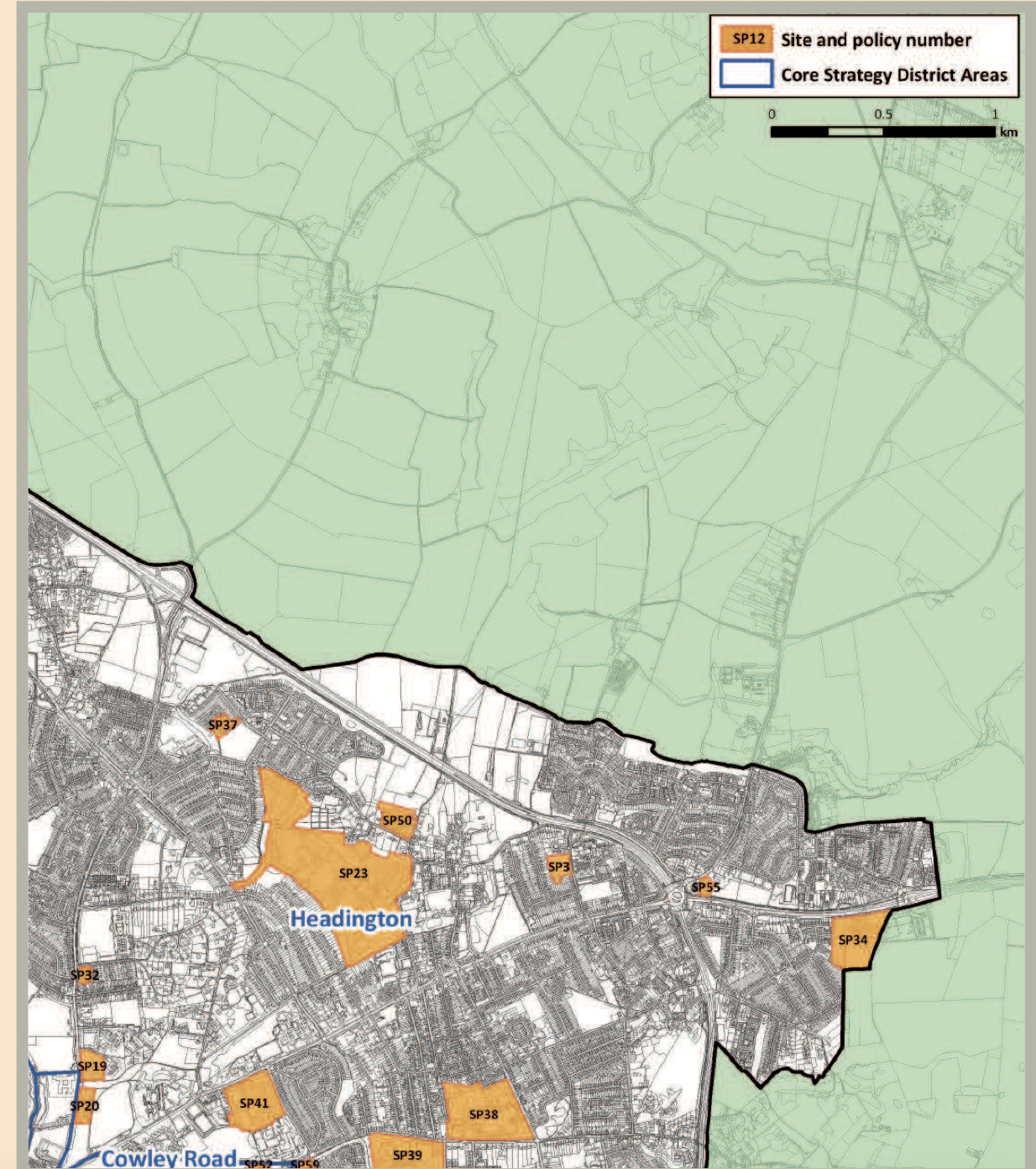
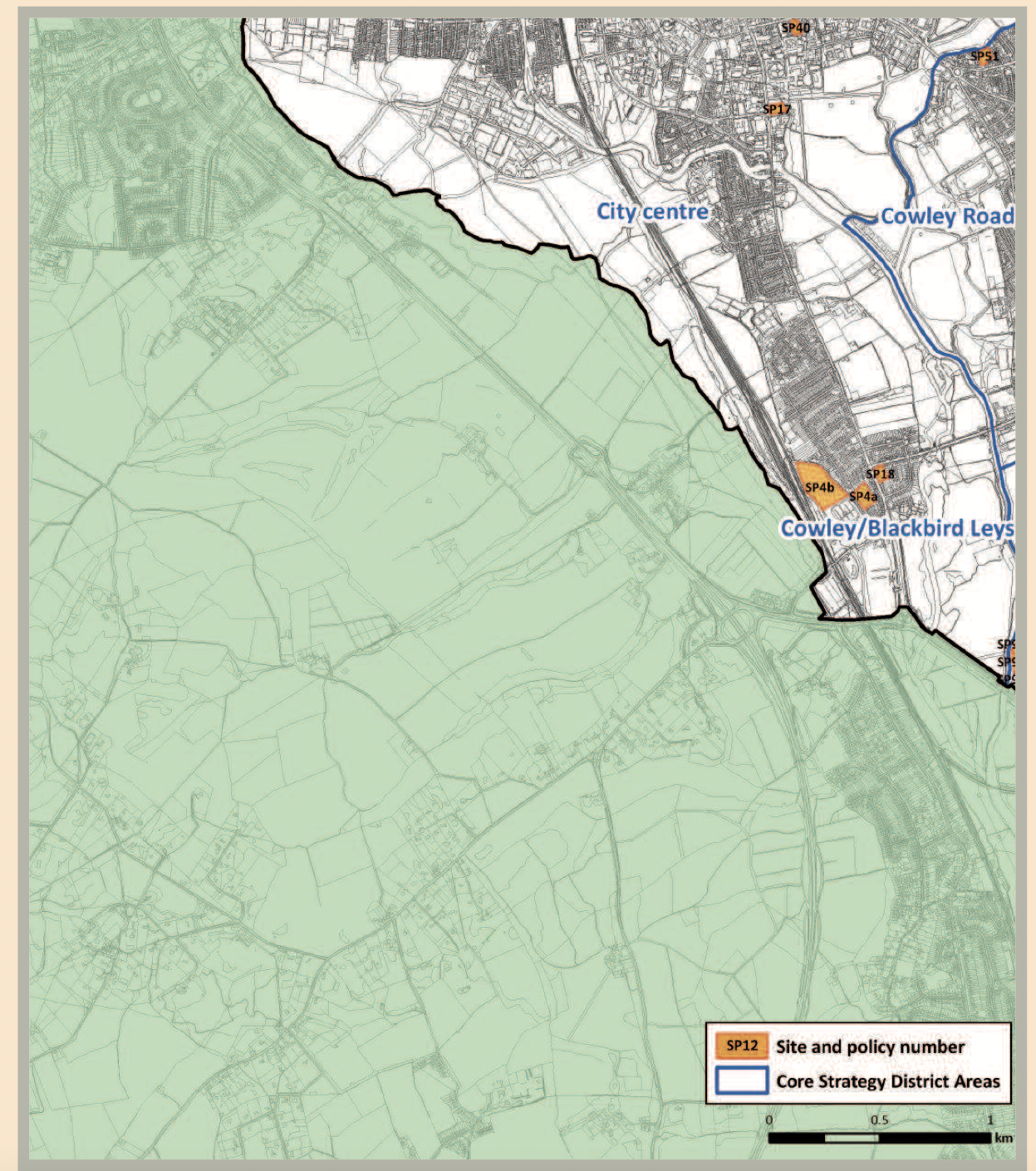
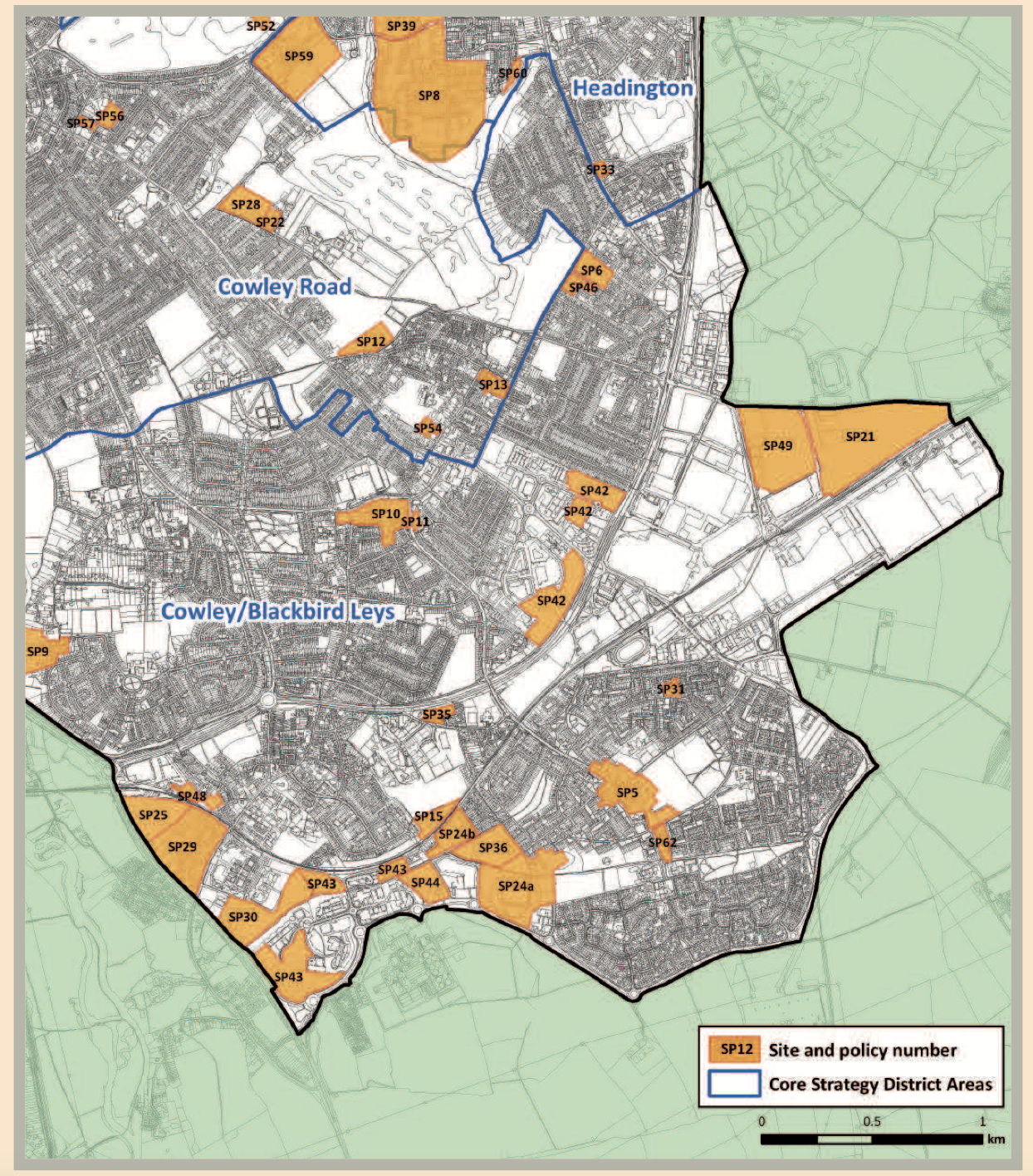
Allocated sites for development in Oxford
Almost 15 years on, how has space magically been carved out for homes? In the cleverest of places. Here are some examples.
This is Denny Gardens in Littlemore, a mix of 48 affordable family houses and flats built on disused allotments at East Minchery Farm.
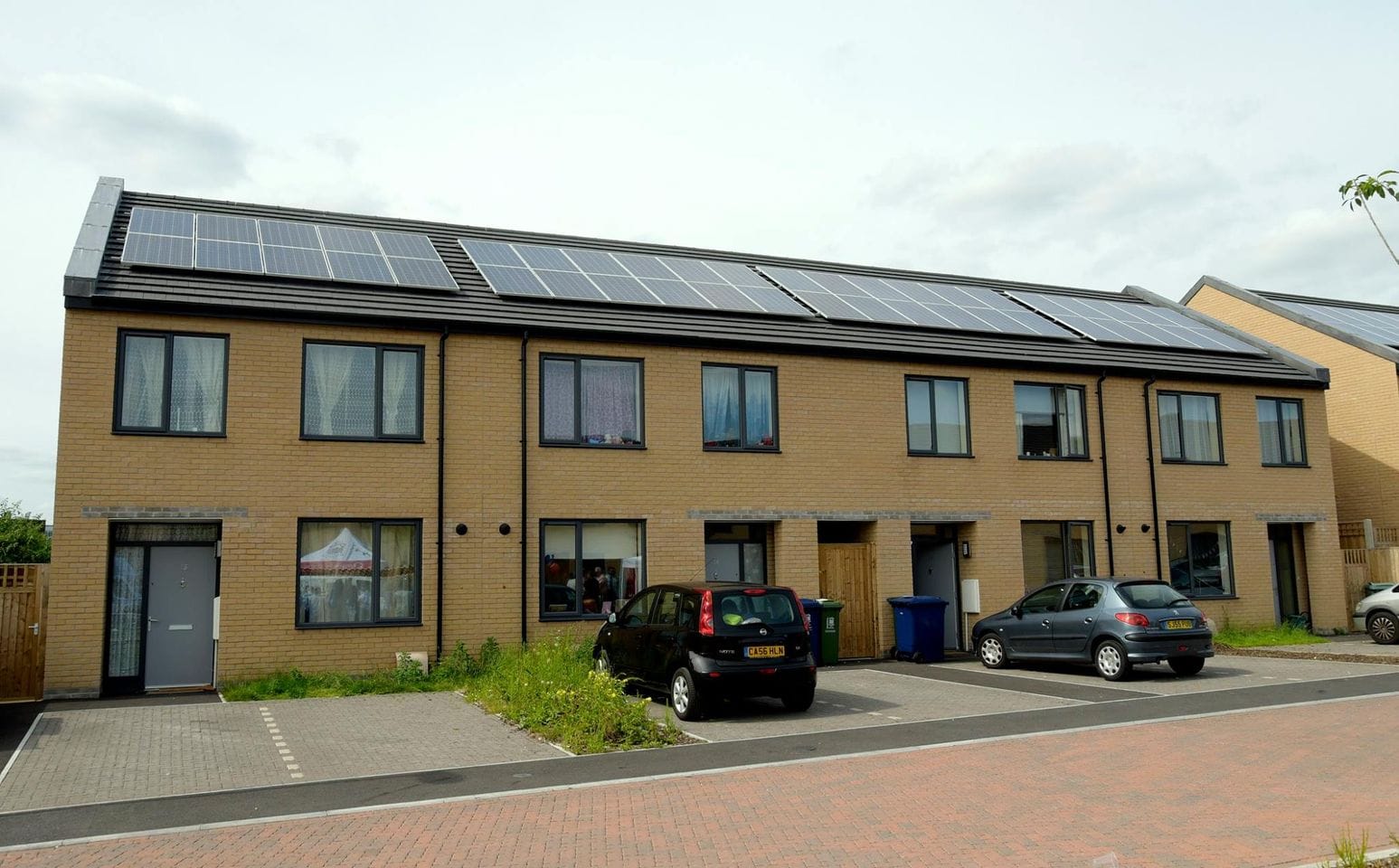
On Iffley Road, low-density social club premises are earmarked for conversion to seven homes, while still retaining the club on the ground floor. This is classic infill.
The Gladiator social club on Iffley Road, home to Klub Kakoffaney and the Dixieland Jazz Club, is to be redeveloped into a ground-floor club with seven flats above (4x 2-bed, 3x 1-bed). Planning permission was granted by @OxfordCity yesterday. pic.twitter.com/hEFPxmXLWe
— Oxford Clarion (@OxfordClarion) August 8, 2024
Or take this new proposal to demolish the commercial units at 299–301 London Road (on the west corner of Northfield Road), and replace them with a block of eight flats. (Spotted by @HeadingtonNews, to whom thanks.)
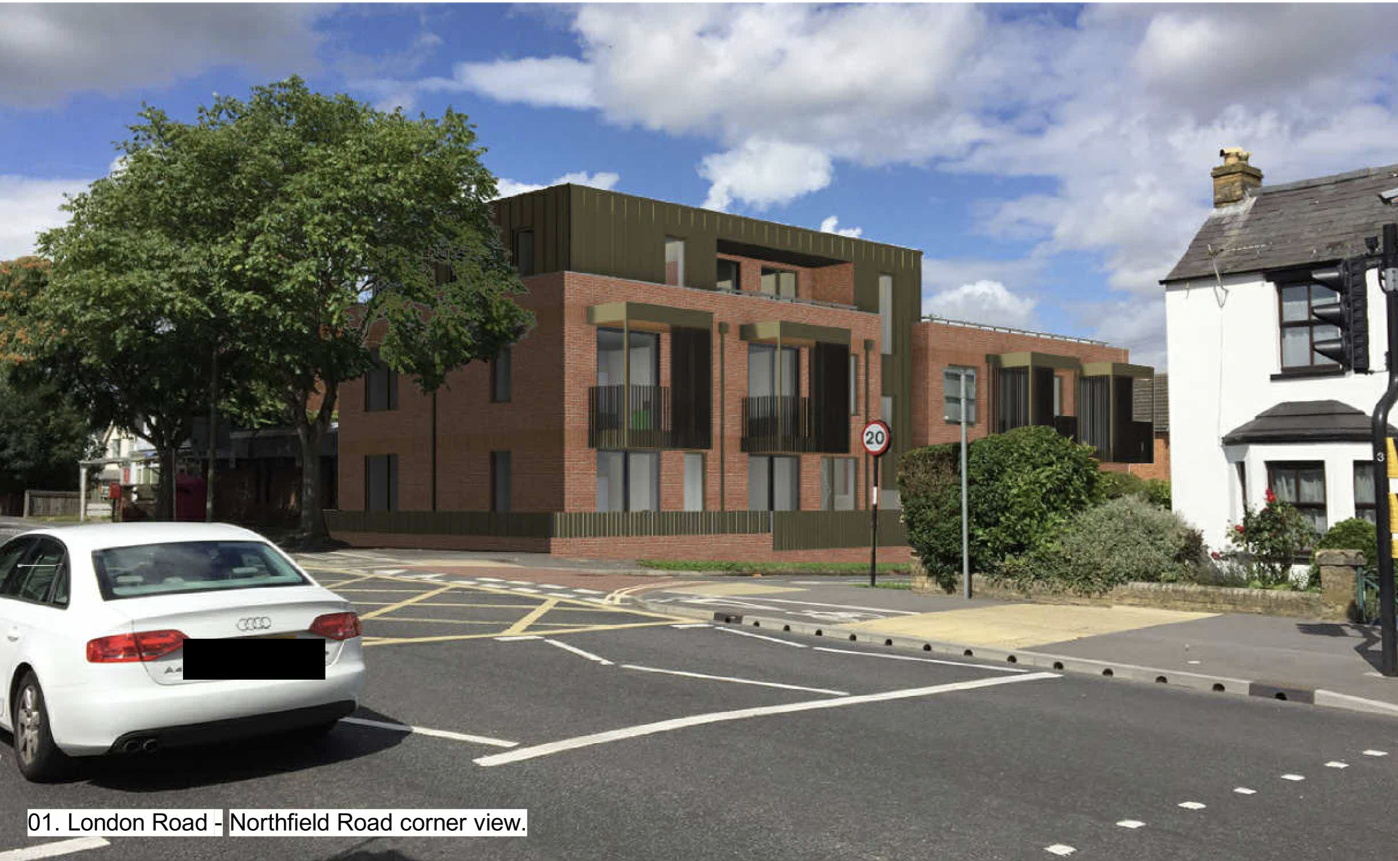
On a larger scale, the Nielsen Building, an employment site next to Thornhill Park & Ride, is now 134 apartments. Nielsen themselves have relocated to Oxford Business Park.

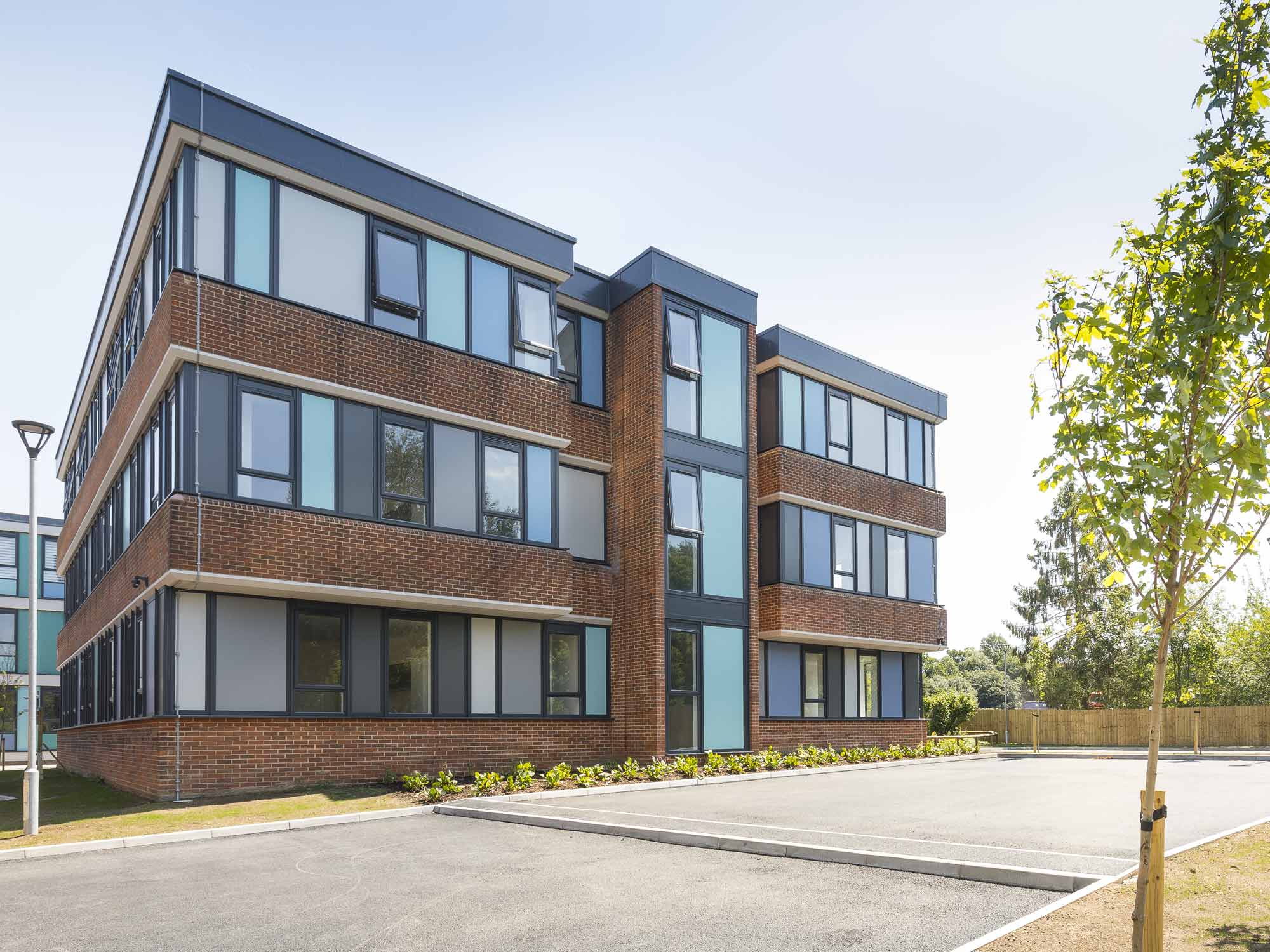

Before: Nielsen Building (Foursquare). After: apartments (Shaviram Group).
More controversially, Bertie Place is a plot in Hinksey Park, a recreation ground and a former landfill site. Planning permission has been given for 31 new, low carbon homes, while retaining a smaller play area.
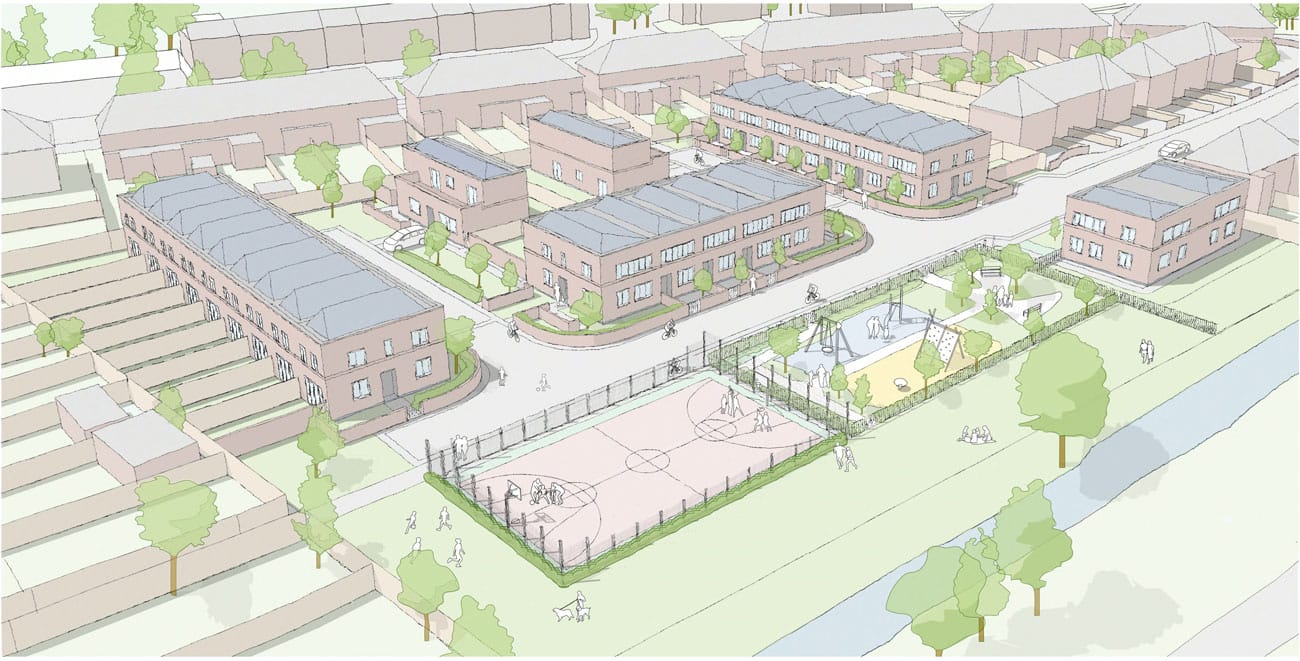
Sites continue to come forward for development. Redbridge Paddock, between Abingdon Road and a backwater of the Thames, has been proposed for over 200 homes.
The eagle-eyed may note a sleight of hand here. The campaigners wanting to save the site from development call it “Redbridge Meadow”. The house-builders and City Council call it “Redbridge Paddock”. No one wants to build on a meadow. A paddock is a little more acceptable. And this points to a wider question: where should we draw the line between housing and nature?
Oxford is a city blessed with greenspace, much of which floods. Even just the names are iconic: Christ Church Meadow, Port Meadow, Binsey, the Kidneys, Heyford Meadow. The 1960s proposal to build a road across Christ Church Meadow has gone down in infamy. But “more, faster roads” was viewed as the challenge of the time. Housing is the challenge of the 2020s. How far should we go with similarly radical solutions – and would we regret them? Among everything that we love and cherish about Oxford, what should be sacrosanct?

Floating voters

Floating homes are still homes. Oxford has a strong residential boat community on the Oxford Canal, including a stretch known as ‘Agenda 21’ after a worldwide sustainable development plan from 1992. Before that, residential mooring in the city had been largely unregulated, but a tragic fire on a wooden boat provoked Oxford City Council and British Waterways (now the Canal & River Trust) to create a more formal arrangement.
Yet demand far outstrips supply. Many boats without a permanent mooring shuttle up and down the canal and the River Thames, tying up for a week or two before moving on. Favoured spots include the river by the Cowley railway bridge and the sewage works, and the meadows towards Eynsham. The short Duke’s Cut canal near Wolvercote has several boats in various states of disrepair. It’s not clear who has responsibility here, and the adjoining land has recently gone up for sale.
Oxford City Council notes this demand:
The City Council recognises that there is demand for new residential moorings in Oxford, and will work with boaters, landowners, navigation authorities and other interested parties to increase the supply of residential moorings in the City.
But as with garage redevelopment, any such schemes are likely to be small. Again, Redbridge Meadow/Paddock has been suggested as a mooring location, but the housing developers chosen for the site may prove reluctant.
Elsewhere in Britain, massive canal boat marinas have been dug, sometimes housing over 500 boats. Oxford doesn’t have any, and a proposal for a 200-berth basin near Kidlington was dropped. (The site is now a solar farm.) There are other sites in the Kidlington/Yarnton area that could accommodate a marina, but Cherwell planners have historically seen the canal as a leisure resource and conservation area, rather than part of the solution to Oxford’s housing crisis. If one of the barriers to Oxford building homes is its watercourses, then why aren't we harnessing their potential?
Undeveloped sites
Leafing through the list of potential sites gives a flavour of the remaining options for housing within the ring road. Here are some examples:
- Lincoln College Sports Ground: the assessment notes that “Update 2022 indicates site will become available in the next 5 years”. It is adjacent to a conservation area, and the conservation area contains a medieval former leper chapel. It could be developed either as student accommodation or housing.


Lincoln College sports ground (source Lincoln College) borders Bartlemas Chapel, a medieval former leper chapel.
- Cowley Marsh Depot is the city works depot, adjacent to Cowley Marsh Park, and on a bus route in to the city. The council itself marked it as “likely to relocate”; it has not yet been redeveloped even though the term of the housing plan is coming to an end.

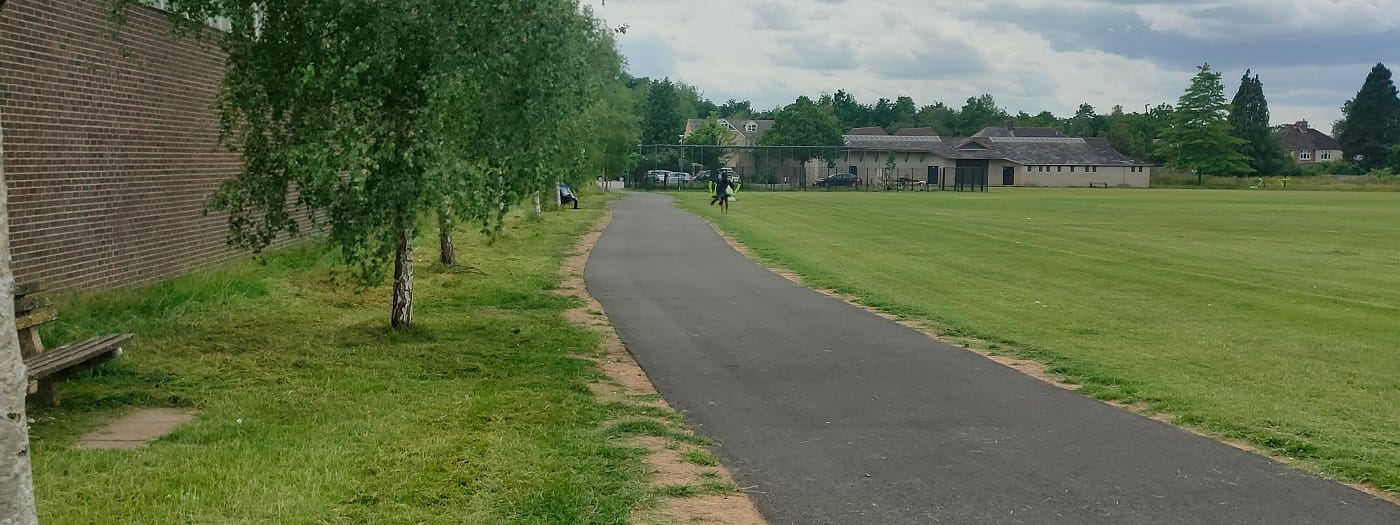
- Garages. We will never stop trying to get people to read that article. If you'd like the detail, click the link (no really, do, and see if you can spot the Easter eggs). In a move born out of ingenuity, desperation, or both, the city council is redeveloping 1970s garages that are too small for modern cars. They are rarely in the optimal place or have the right services, but Oxford needs homes. Some housing commentators have taken this notion further, and suggested remodelling entire areas – demolishing low-density housing developments, and rebuilding at much higher density than the existing accommodation. It makes sense on paper. But perhaps not if you live there.
Making it all add up
It’s hard enough to locate a site within Oxford suitable for housing. But even that doesn’t guarantee a builder will be interested in taking it on.
Infill usually means small sites, lower profit margins, and more constraints. Oxford’s housing plans require mixed communities and social housing. There is a long list of conditions that must be adhered to: low carbon, parking restrictions, cycle parking provision, plus privacy, daylight and overlooking issues. All of this makes it harder for developer to turn an easy profit.
That’s not all. New developments have implications for roads, sewage, GP surgeries, education, playpark provision, utilities and so much more. To fund these, the City Council charges a Community Infrastructure Levy on developments. And so the bill mounts – potentially impacting the viability of the project. There is a clear tension between asking developers to build more homes, and charging those same developers for the infrastructure that the development will require. In extremis, the council can revoke CIL obligations if it so chooses – as it did, controversially, for BMW.
Enter OX Place. In 2016, Oxford City Council established OX Place as its own housing company to “create high-quality, genuinely affordable homes in the City”. It aims to step in where commercial developers will not: “Many of the sites OX Place aims to develop would not be considered viable by purely commercial developers.” They say:
We’re building more than 2,000 new homes for sale through shared ownership and for outright sale in Oxford over the next 10 years. These will include more than 1,100 homes owned by Oxford City Council to make renting in Oxford genuinely affordable.


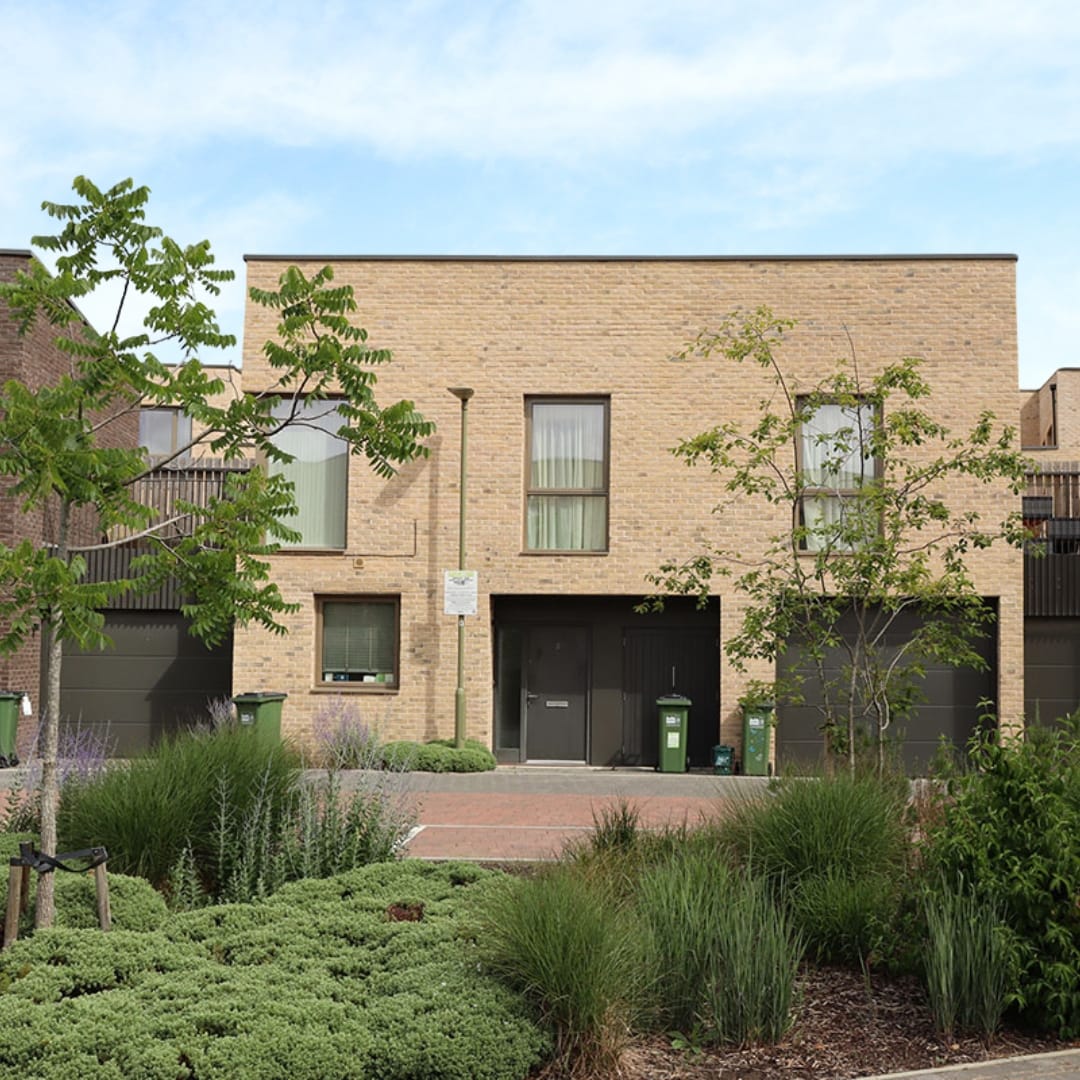
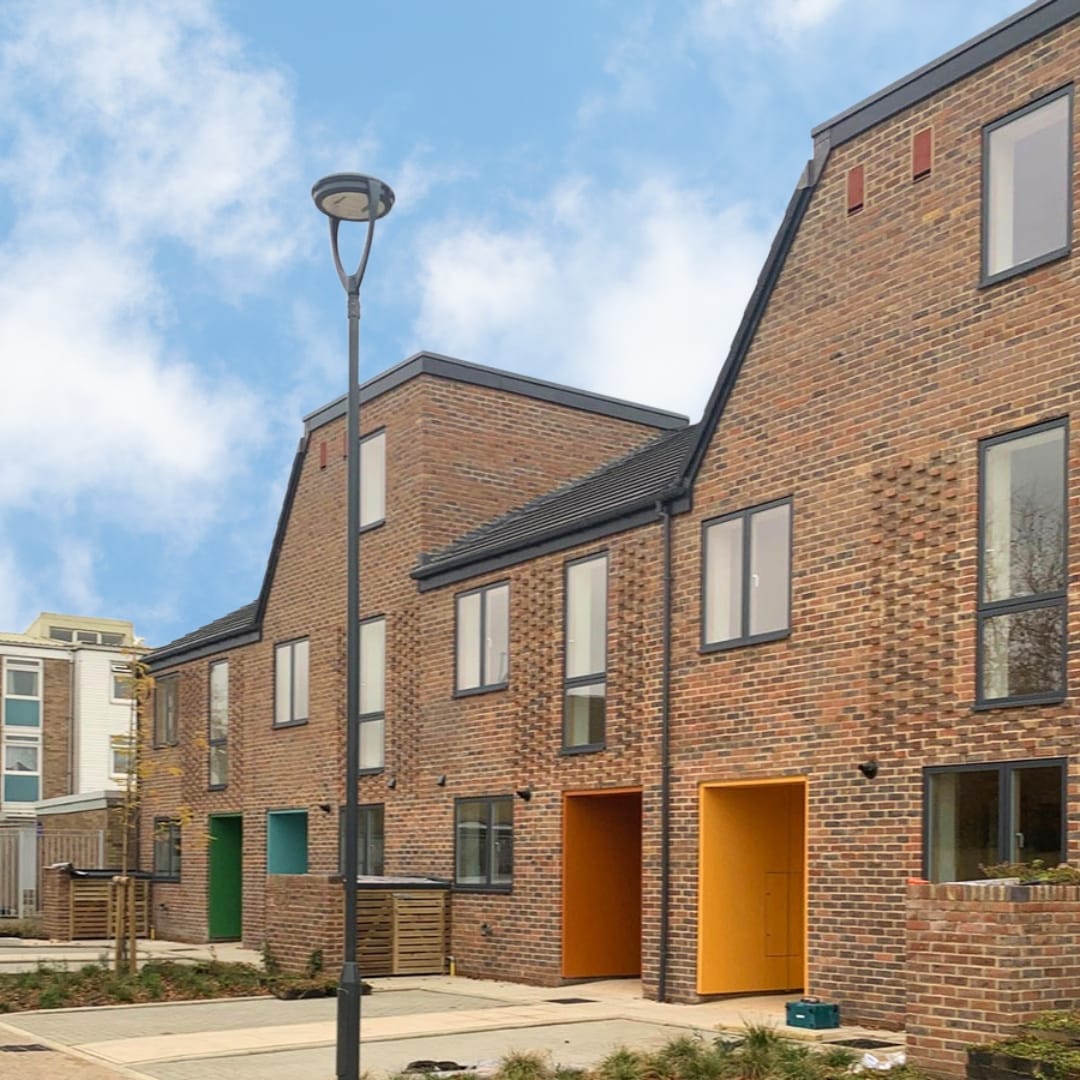
The Curve, built on a former Murco garage on Between Towns Road by OX Place and Edgecombe Road also from OXPlace
Work, rest and play
At the heart of Oxford’s housing crisis is a simple fact: the city has more jobs than homes. 10% more, to be precise.
And still they come. High-profile developments like Oxford North and Oxpens (which we wrote about here) will be a mix of business, retail and residential. Oxford North promises 4,500 new jobs and 480 homes. Oxpens claims 3,000 jobs and 300 new homes.
At first glance, this is unalloyed good news. But you don’t need a PhD in the ubiquitous “life sciences” to work out that these developments won’t have 10 residents in every home. In other words, they will create more jobs than homes, exacerbating Oxford’s jobs/homes imbalance.
For now, this is a local political dispute. Those who support the current mixed-use approach say that turning away employment would be tantamount to a policy of managed decline. Those who oppose it ask where the people working in these new jobs are to live – why do we need to continually attract more jobs if we cannot house the people that work in them? Again, the decision could be taken out of Oxford’s hands: if national Government sets more ambitious housing targets, future developments may be forced to dial down the business and retail side.

Where next?
It’s not our role to make recommendations. The Oxford Clarion is here to report and to raise awareness – and we confess to being extremely frustrated how housing matters are widely ignored.
Oxford’s housing crisis barely got a mention in election literature in May’s City Council elections. Rather, they were fought on Low Traffic Neighbourhoods, which, repeat after us, are a county council matter.
Oxford’s Local Plan, the grand plan for housing in the city, is being renewed for the period up to 2040. The City Council has already submitted the draft plan to the Planning Inspectorate for approval. Yet you wouldn’t know: it’s had limited coverage from traditional media and barely figured on election leaflets. Why?
Whether you rent or own in the city centre, or commute in from outside, this debate affects where you live; who you live next to; the quality of services provided around you; and how much disposable income you have. So we hope our Housing Week will cause you to ask questions. Get involved. Talk to your city councillor. Throw a comment under the tweet you found this article on, or drop us an email.
If you would like more articles like this in your inbox, for free, hit the ‘Subscribe’ button. For Housing Week, you will get these long reads delivered straight to your inbox. Each week, we send a round up of all the Clarion news, plus some special extras, in our Friday newsletter. Pass it on!
